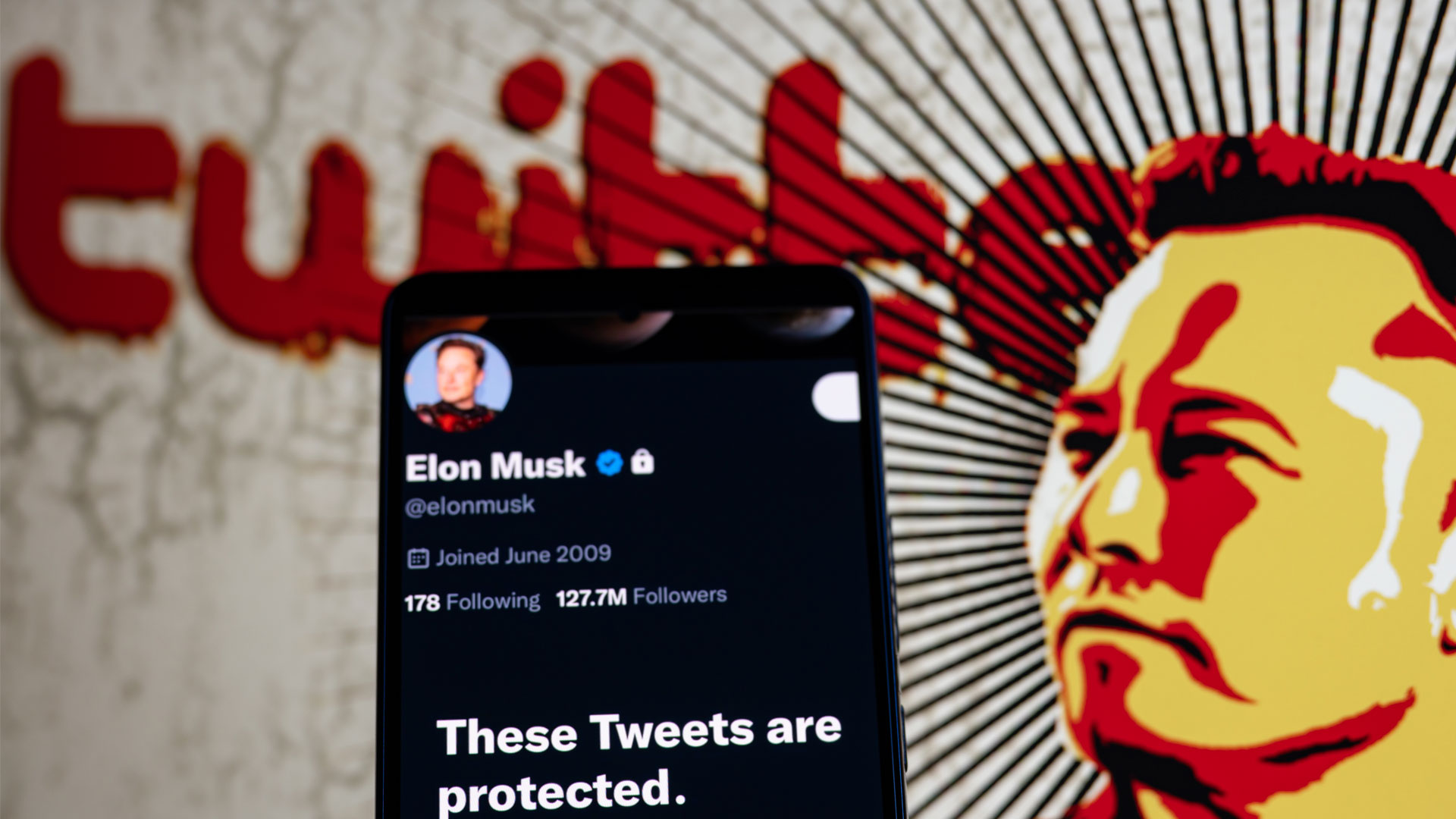4,000-character tweets is just a long, terrible idea
Opinion: It's called 'micro-blogging,' sir

Bloggers blog, tweeters tweet, and never the twain shall meet. That's a maxim that Elon Musk looks set to test to destruction as Twitter adds the ability to post 4,000-character tweets on the platform.
The capability comes as part of the new pay-to-play Twitter Blue ($8 a month, or $7 if you pay the full year upfront), which lets you pay to get verified. It's all part of Twitter CEO Elon Musk's grand plant to buttress the social media company's flagging revenue stream. Sure, Musk's unpredictability, and his decision to bring some of the worst people back onto Twitter, is part of the reason why advertisers left in droves (they appear to be coming back slowly).
After a fitful start that included verifying people without any proof of identity and generating some damaging imposters, Twitter Blue now forces people to provide a phone number for authentication. I see more and more people who are not politicians, celebrities, companies, or reporters (and usually with a few dozen followers) who are now Twitter Blue verified. Perhaps the plan is working.
Now, though, we have to deal with all the ways Musk is trying to use Twitter Blue to fundamentally alter the very fabric of Twitter. Longer 1080p videos seem like an okay idea, though if I want to watch longer videos, I'll probably hop out to YouTube. After all, I use Twitter for a firehose of information, not a long, slow drip of visual content.
more words more words more words more words more words more words more words more words more words more words more words more words more words more words more words more words more words more words more words more words more words more words more words more words more words more… https://t.co/0mcFJ1wwZKFebruary 8, 2023
And now there are 4,000-character tweets, which works out to between 500 and 1,000 words, including spaces.
Those are blog posts. Not microblog posts.
People forget that Twitter's original purpose, and description, when it launched in 2006, was to be a "microblogging" platform. Microblogging is, as the name suggests, a much shorter version of blogging. Back then, 17 years ago, blogs were everywhere. It might be argued that Twitter was the antidote to all that long-form prose.
Sign up for breaking news, reviews, opinion, top tech deals, and more.
Twitter asked what was happening, and you described it in 140 characters, or between 20 and 35 words. The current 280 characters take us up to, at most, maybe 70 words.
4,000 characters is about the length of a standard news story. In a tweet, that's a tome.
An argument could be made that this option is an alternative to composing a lengthy Twitter thread. I contend, though, that forcing people to break their long thoughts up into bite-sized 280-character pieces makes it all more comprehensible and digestible.
Also, I have no interest in seeing Twitter turn into a blogging platform. Its power has always been in short, concise, fast-moving bits of information. The size of tweets forced variety at scale (at least if you followed the right people).
This, though, is Musk doing whatever he can to save the floundering service. The problem is that so much of what he does to Twitter makes it unrecognizable or, sometimes, unusable.
The problem is that so much of what Musk does to Twitter makes it unrecognizable or, sometimes unusable.
Just the other day, the site started rejecting tweets, telling users they were "over the limit," an indication that Musk may set limits on how often you can tweet in any given day – unless, of course, you pay for Twitter Blue (Twitter concurrently suffered a metldown that for almost an hour made it virtually impossible to Tweet.) Then there are the rumors suggesting that TweetDeck might be moved behind a paywall, rendering one of the most-used Twitter clients unusable to non-Blue Twitter users.
So on the one hand, Musk wants much longer Tweets and on the other, he potentially wants the vast majority of those who will not pay for Twitter Blue to tweet a whole lot less.
This is exactly how you kill a platform, by forgetting its history and forcing limitations on those who helped build it.
I want Twitter to survive, and I would never suggest it can't change; but it should not become almost unrecognizable. It's still a microblogging platform, whether Elon Musk likes it or not.

A 38-year industry veteran and award-winning journalist, Lance has covered technology since PCs were the size of suitcases and “on line” meant “waiting.” He’s a former Lifewire Editor-in-Chief, Mashable Editor-in-Chief, and, before that, Editor in Chief of PCMag.com and Senior Vice President of Content for Ziff Davis, Inc. He also wrote a popular, weekly tech column for Medium called The Upgrade.
Lance Ulanoff makes frequent appearances on national, international, and local news programs including Live with Kelly and Mark, the Today Show, Good Morning America, CNBC, CNN, and the BBC.